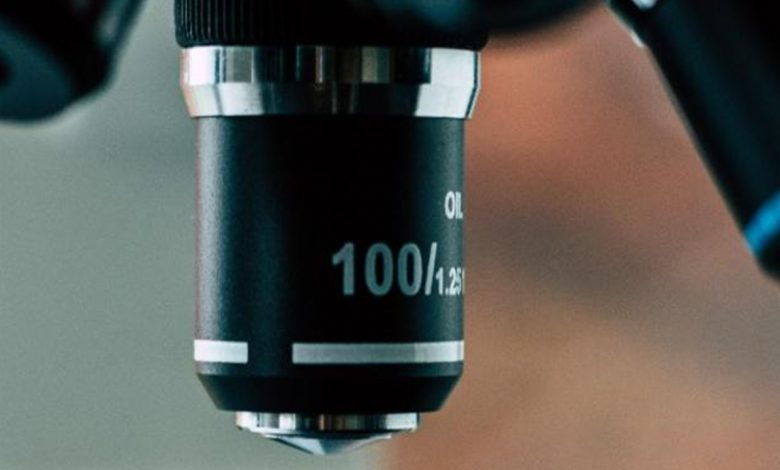Daily Current Affairs for UPSC
Detecting Miniscule Objects
Syllabus- Science and Technology [GS Paper 2]

Context- A new study from the Indian Institute of Science (IISc) has demonstrated that a brain-inspired image sensor can detect nanoparticles or cellular components that are currently invisible to conventional microscopes.
Key Highlights
- The method, which combines optical microscopy, a neuromorphic camera, and machine learning algorithms, represents a significant advancement in the process of locating objects with sizes less than 50 nanometers.
- Optical microscopes are unable to differentiate between two objects smaller than a certain size (typically 200-300 nanometers) due to the diffraction limit.
- The neuromorphic camera is modeled after the human retina, which is responsible for converting light into electrical impulses.
- Each pixel in neuromorphic cameras operates independently, resulting in less dense data. The way the human retina works is similar to this process.
- The camera is able to “sample” the environment at a much higher temporal resolution due to this.
- Each pixel in a conventional camera records the intensity of the light that hits it, and these pixels are combined to create an image of the object.
- By shining laser pulses at both high and low intensities and measuring the variation in the fluorescence levels, the neuromorphic camera was used in the experiment to pinpoint individual fluorescent beads that were smaller than the limit of diffraction.
- The camera reports an “OFF” event when the light intensity decreases, while an “ON” event occurs when the intensity increases.
- Frames were reconstructed by pooling together the data from these events.
What Importance Does This Method Have?
- In biology, chemistry, and physics, this method may have numerous applications for precisely tracking and comprehending stochastic processes.
- It will assist in comprehending basic biological processes like self-organization.
- Using this method, the team was also able to closely monitor the free movement of a fluorescent bead in an aqueous solution.
What is a Stochastic process?
- It is also known as the Random process, and it is a process that uses chance.
- Every atom in radioactive decay, for instance, has a predetermined chance of breaking down during any given time period.
What is the limit of diffraction?
- An optical system’s ability to resolve or distinguish between two closely spaced objects is fundamentally limited by the diffraction limit.
- The size of the aperture or lens used to observe the objects and the wavelength of the light being observed determine the smallest resolvable distance between two points of light.
- This indicates, in practical terms, that a certain amount of detail can only be resolved in an image with a perfect lens or telescope.
- In the image, objects closer together than the diffraction limit will appear blurry or impossible to distinguish.





.png)



